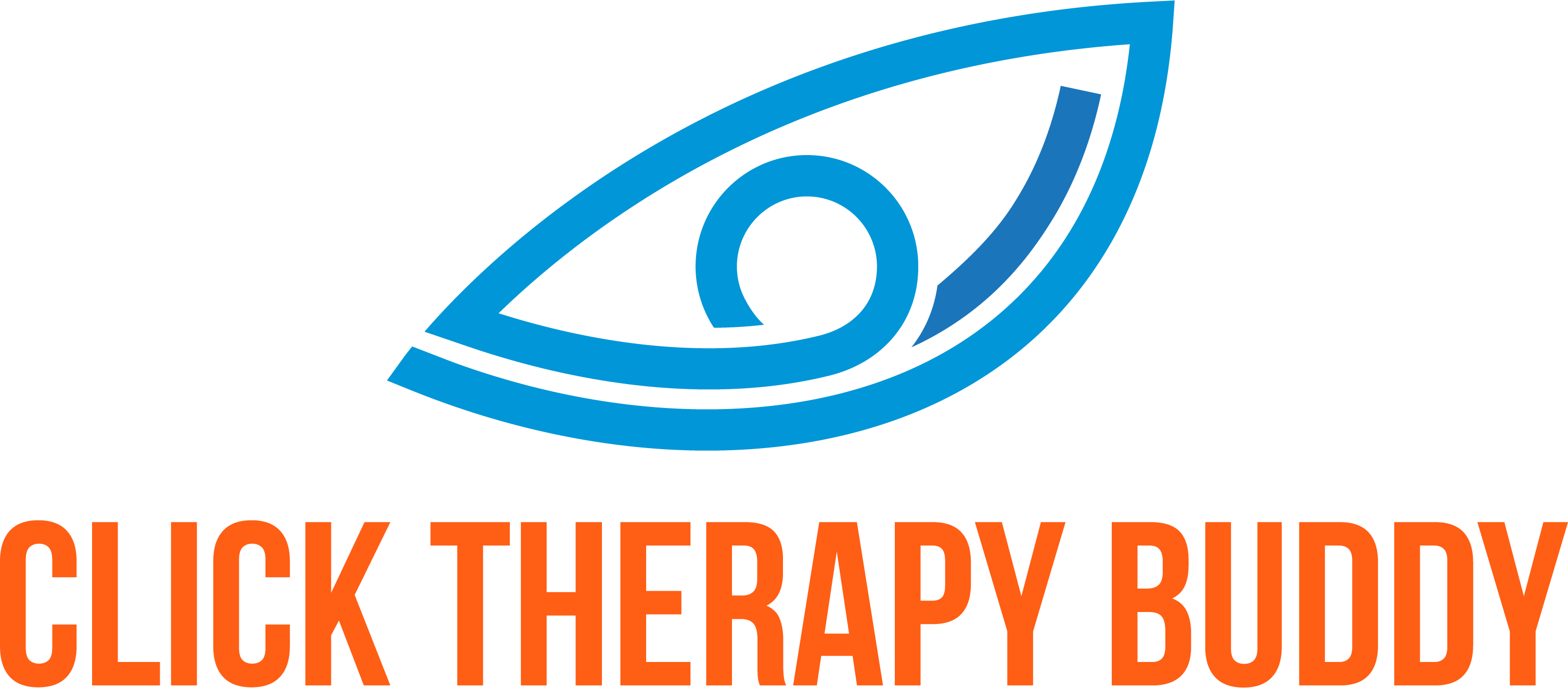Managing Neurodiversity: A Comprehensive Guide
Quick read
Understanding Neurodiversity
Neurodiversity recognises that neurological differences, such as autism, ADHD, dyslexia, dyspraxia, and other cognitive variations, are natural and valuable aspects of human diversity. These differences should not be viewed as deficits but rather as unique strengths and challenges. By understanding neurodiversity, individuals can appreciate their own cognitive styles and find ways to thrive in a world primarily designed for neurotypical individuals.
Biological and Genetic Factors
Recent studies suggest that neurodivergent conditions often have a genetic component, with many traits being inherited. Research has identified multiple genes associated with autism, ADHD, and dyslexia, indicating that these conditions are not solely the result of environmental influences. Additionally, differences in brain structure and function, such as variations in neural connectivity and neurotransmitter levels, contribute to neurodiverse traits. Understanding these biological factors can help reduce stigma and encourage acceptance of neurodivergence as a natural variation of human cognition.
Cognitive Thoughts and Behaviours
Many neurodivergent individuals exhibit unique thought processes, including divergent thinking, hyperfocus, and associative reasoning. Key cognitive traits include:
- Divergent Thinking: The ability to generate multiple creative solutions to a problem.
- Hyperfocus: Intense concentration on specific interests or tasks, which can be both a strength and a challenge.
- Executive Functioning Differences: Variations in planning, organising, and decision-making processes.
- Pattern Recognition: A strong ability to detect connections and patterns in information.
- Cognitive Flexibility Challenges: Difficulty shifting between tasks or adapting to new routines.
Understanding these cognitive differences can help individuals develop personalised strategies for productivity, learning, and social interactions.
Challenges Faced by Neurodivergent Individuals
Many neurodivergent people struggle to navigate a world that often lacks accommodations for different ways of thinking and interacting. Some common challenges include:
- Executive functioning difficulties such as time management and organisation.
- Sensory sensitivities leading to discomfort or overload in certain environments.
- Struggles with social interactions, including reading social cues.
- Emotional regulation difficulties, often resulting in heightened stress and anxiety.
- Barriers in education and the workplace due to traditional structures that may not support diverse learning and working styles.
Evidence-Based Treatments and Interventions
While neurodiversity is not a condition that requires “treatment,” some evidence-based interventions can help manage challenges and enhance strengths:
- Cognitive Behavioural Therapy (CBT): Supports emotional regulation and executive functioning.
- Occupational Therapy: Helps with sensory processing, motor coordination, and daily living skills.
- Medication: Used for conditions such as ADHD to improve focus and impulse control when prescribed by a medical professional.
- Speech and Language Therapy: Aids in improving communication skills and social interactions.
- Coaching and Behavioural Interventions: Strategies for executive functioning, time management, and productivity.
- Mindfulness and Stress Management Techniques: Includes meditation, breathing exercises, and structured routines for emotional well-being.
Strategies for Coping and Thriving
Developing coping strategies can enhance daily functioning and well-being. Some effective techniques include:
- Sensory Management: Noise-cancelling headphones, sunglasses, or fidget tools to manage sensory input.
- Routine Building: Establishing consistent daily routines to reduce anxiety.
- Emotional Regulation Techniques: Practising journaling, therapy, or physical activity.
- Cognitive Strategies: Using checklists, timers, and reward systems to improve focus.
- Seeking Accommodations: Requesting workplace or educational adjustments for a more supportive environment.
Living with Neurodiversity: A Positive Approach
Embracing neurodiversity means recognising personal strengths and working with, rather than against, neurological differences. Key aspects include:
- Self-Acceptance: Recognising that neurodivergence is a difference, not a deficit.
- Building a Support Network: Connecting with those who respect and understand your needs.
- Creating a Comfortable Environment: Adjusting your surroundings to reduce stress and sensory overload.
- Pursuing Interests and Strengths: Engaging in activities that align with your passions and abilities.
Helpful Resources and Support Networks
For those seeking additional guidance, numerous resources can provide valuable support:
- Books: NeuroTribes by Steve Silberman, The Dyslexic Advantage by Brock L. Eide and Fernette F. Eide.
- Podcasts: ADHD Rewired, The Autism Spectrum Podcast.
- Apps: Evernote (organisation), Headspace (mindfulness), Todoist (task management).
- Online Communities: r/neurodiversity on Reddit, Facebook groups for neurodivergent support.
- Professional Support: Therapy, coaching, and tailored support groups.
Conclusion
By understanding neurodiversity and implementing strategies tailored to individual needs, neurodivergent individuals can lead fulfilling, empowered lives. Recognising the strengths and value of neurodiverse minds fosters a more inclusive and supportive society. Neurodiversity is not a limitation—it is a unique perspective that offers valuable contributions to the world.


 %nbsp;
%nbsp;  %nbsp;
%nbsp;  %nbsp;
%nbsp;  %nbsp;
%nbsp;  %nbsp;
%nbsp;  %nbsp;
%nbsp;  %nbsp;
%nbsp;  %nbsp;
%nbsp; 